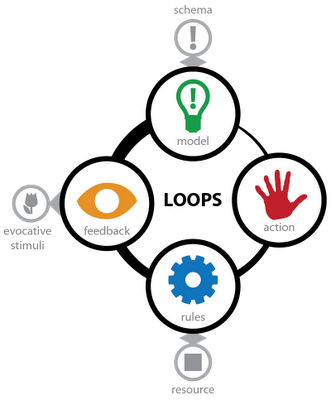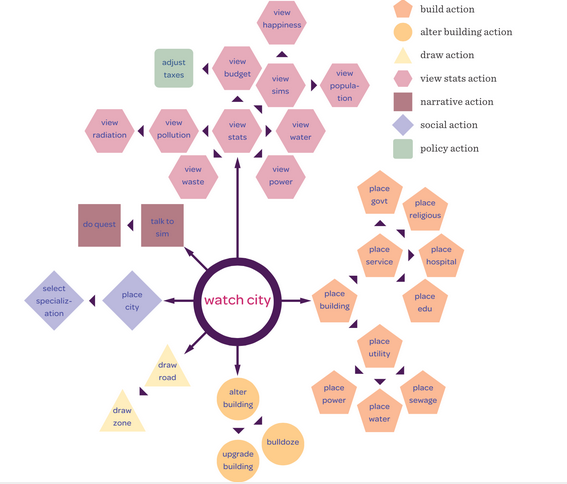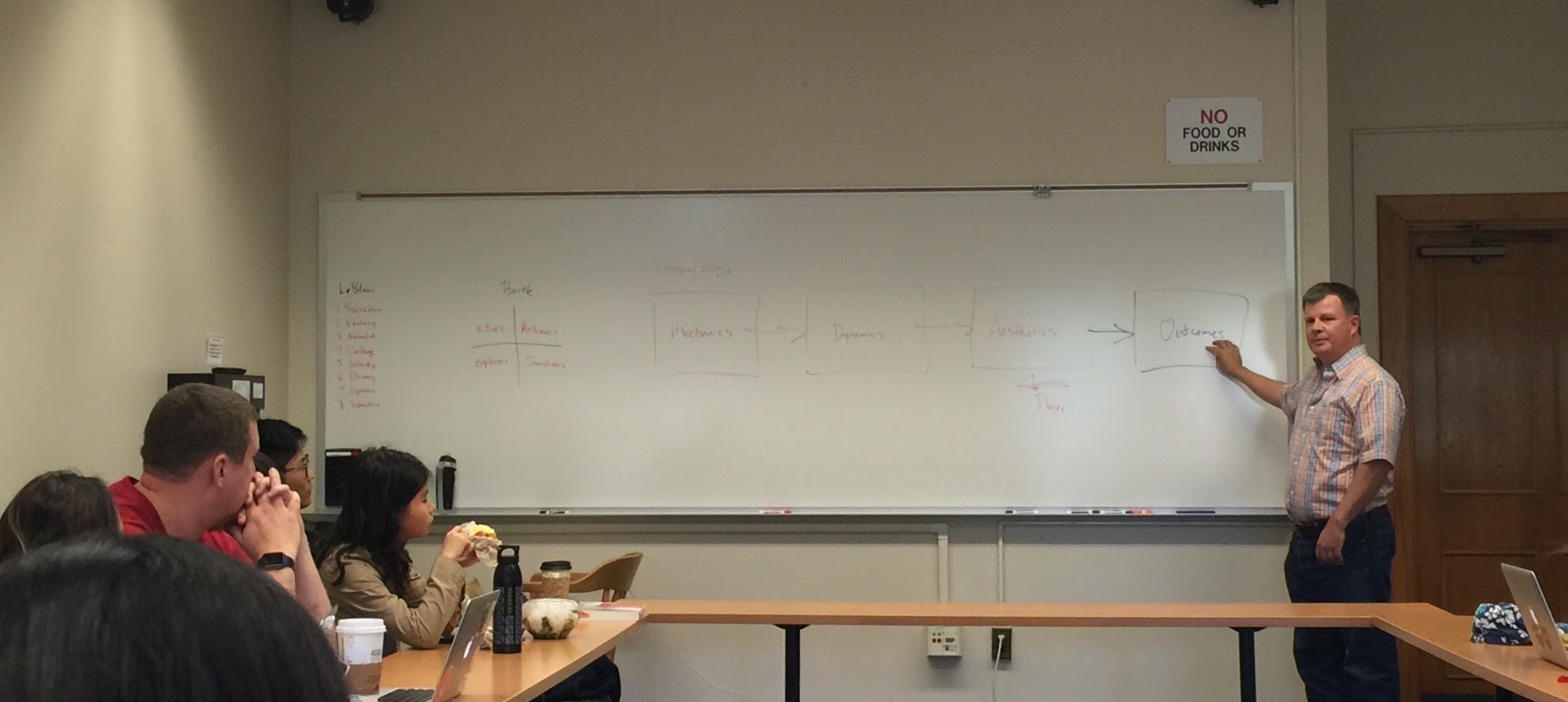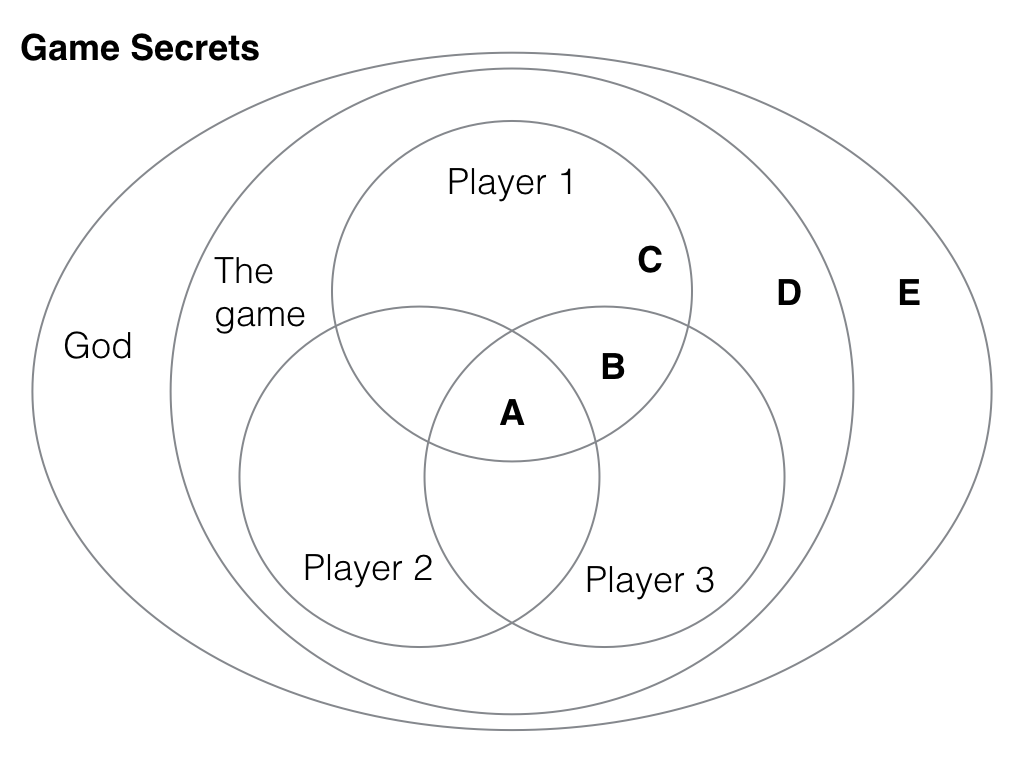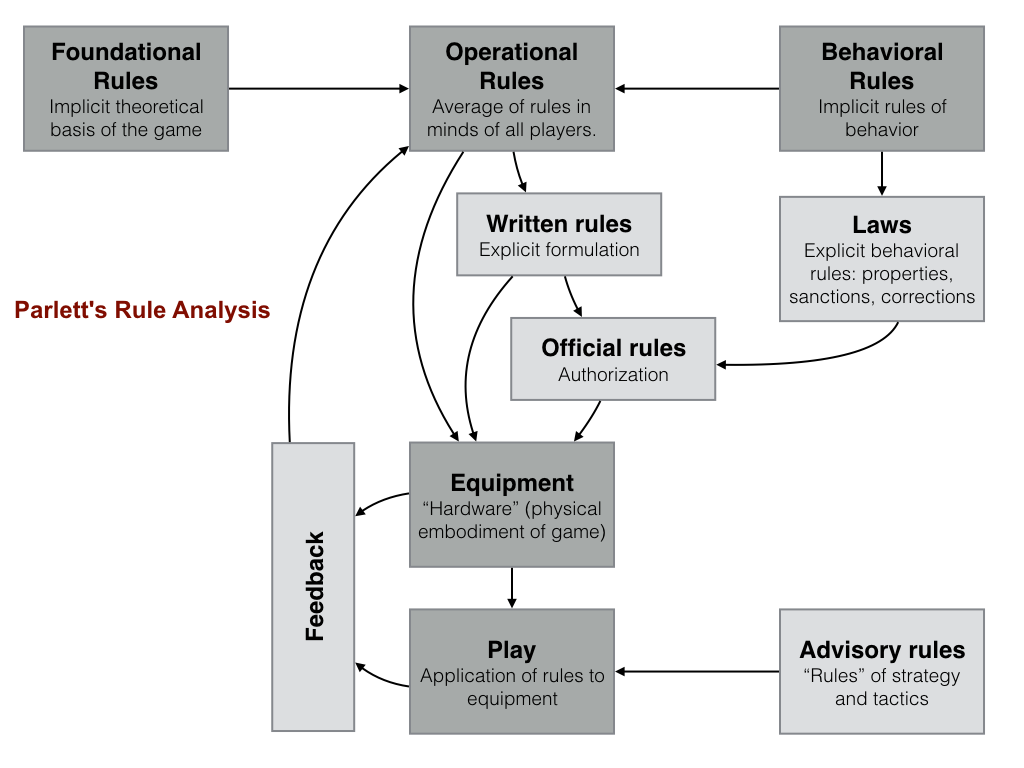Readings:
- Hunicke, R., LeBlanc, M., & Zubek, R. (2004, July). MDA: A formal approach to game design and game research. In Proceedings of the AAAI Workshop on Challenges in Game AI (Vol. 4, p. 1).
- Schell, J. (2014). The Art of Game Design: A book of lenses. CRC Press.
Summary:
I’ve developed mobile apps in one form or another for the past 16 years – from WAP to iOS. These apps were mostly utilitarian and far removed from games. Considering how creating a great user experience was complex and challenging, I’ve always said that games is the most daunting task a development team can undertake. From a technical standpoint, the numbers of variables, mechanics, and rules are enormous and all interconnected. From a creation standpoint, one must envision a whole set of complex interactions between the user and the interface. From a design standpoint, it has too look great! On top of that, you must take into account the emotional nature of the user interaction with the game. All this requires skills and knowhow that only comes with years of practice – just like teaching.
The readings were extremely helpful in organizing and categorizing some of the considerations, possibilities, and methodologies required when creating a game. The MDA Framework shows how the interaction path of the game developer and the player is opposite, illustrating one of the complexities and iterative nature the game design process can be.
 Method | Dynamic | Aesthetic
Method | Dynamic | Aesthetic
Schell then expands the arsenal by walking us through the several possible lenses we can look at games, the players, their interactions, and even how to improve them. The level of detail we can go into when looking at games is amazing.
How might we new apply these frameworks, insights, and mechanics to education? Can we gamify teaching? If we look at education as a game, could we create better learning experiences for the teacher, the learner, and society? All I know is that we must keep playing this ‘game’ of education, continuously trying to overcome obstacles, making it better, more efficient, and more effective. Can we ever win? We certainly cannot lose.



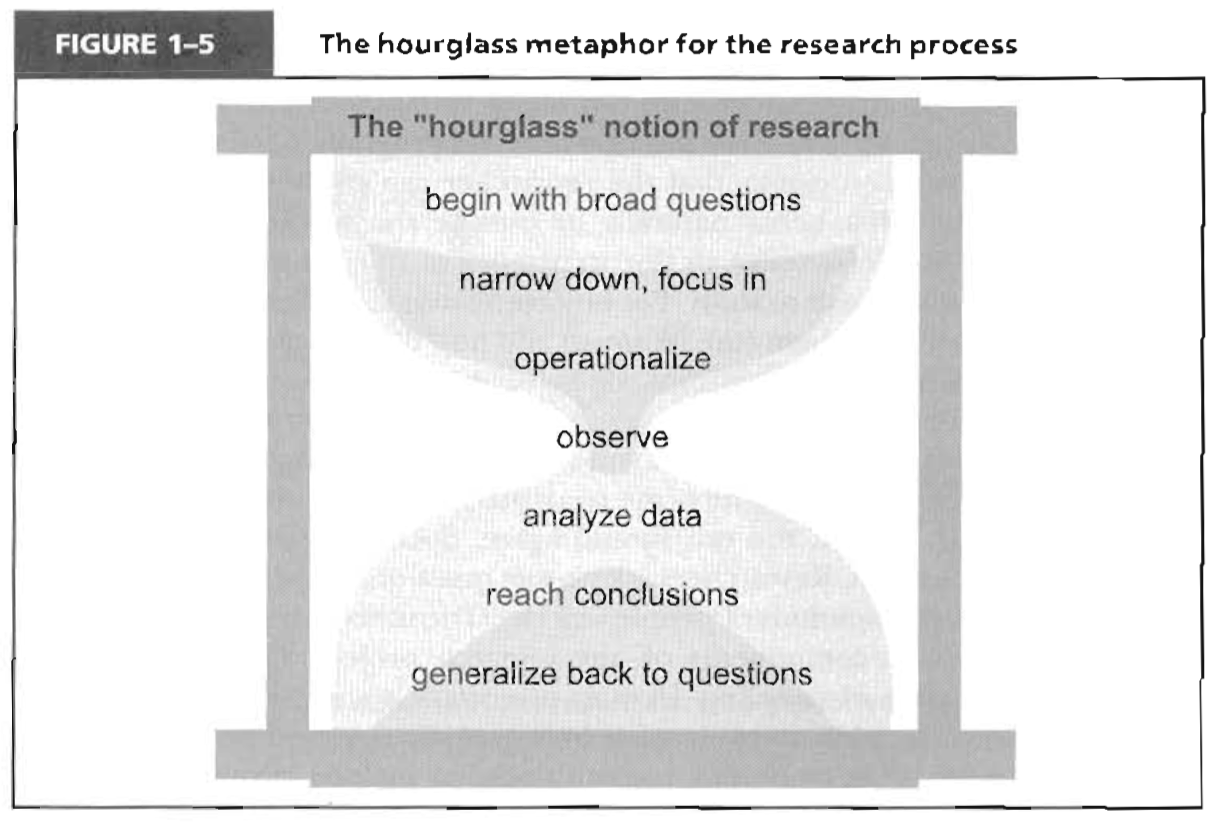
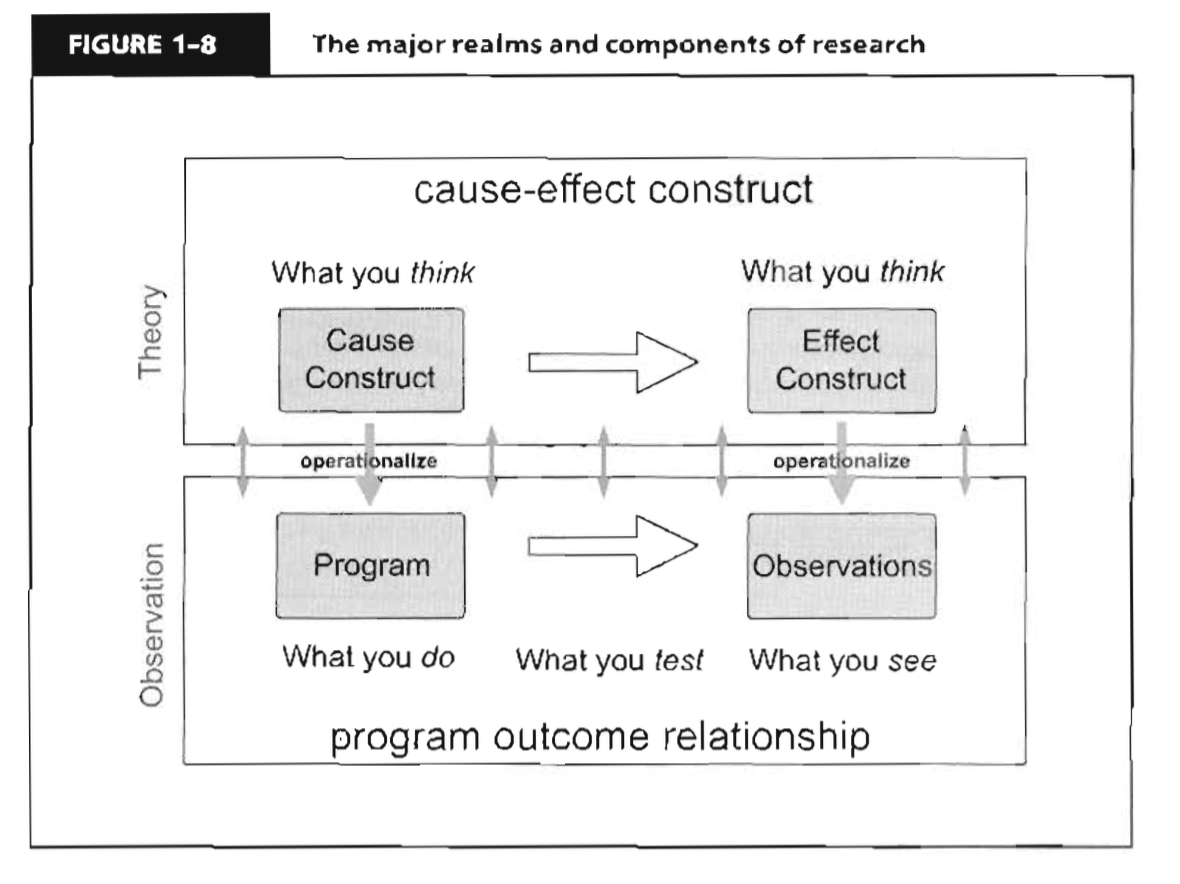
 This week we had a wonderful talk by
This week we had a wonderful talk by 